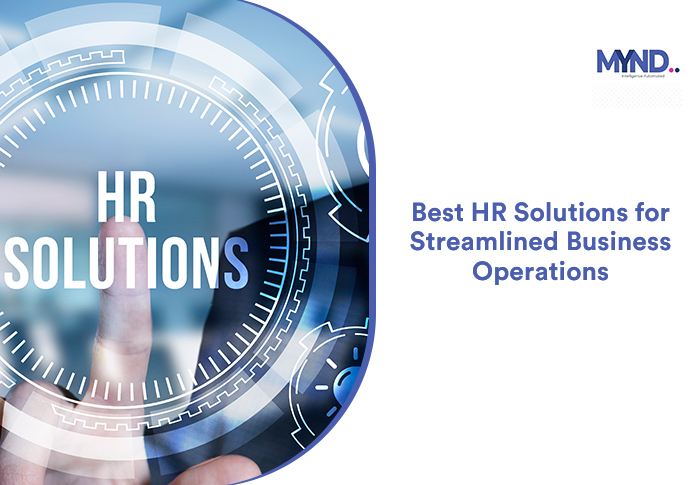Steps to Implement Statutory Compliance Software
 |
| Steps to Implement Statutory Compliance Software |
Statutory compliance refers to a
predetermined set of guidelines that are derived from the legal framework and
specify the boundaries that organisations have to operate within. There are
many compliance areas, including:
- Labour law compliance
- Direct tax compliance
- Indirect tax compliance
Non-compliance with any of these can lead to risks
such as financial risks and loss of reputation.
Therefore, it becomes important to adhere to these
guidelines; however, there are many challenges that come along:
- A dynamic legal environment
- Numerous laws and regulations
- Compliance measures that are segmented
- Manual reporting that can be unreliable and time-consuming
- Staff members' lack of responsibility and understanding of
compliance needs.
That is why statutory
compliance software is essential for businesses to ensure they adhere
to complex and ever-changing regulations and avoid the risks. Businesses in
India can use the following steps to successfully use this software:
Step 1: Identify and understand regulatory
environment
Here, businesses should identify and understand
their regulatory environment. It is important to pinpoint the specific laws,
regulations, and industry standards that are applicable to their operations.
Below are the key factors to be considered:
- Industry-specific regulations:
Businesses need to identify regulations specific to their industry, e.g.,
healthcare, finance, manufacturing, etc.
- Geographic regulations: They
need to consider regional, national, and international regulations that
may apply, especially for businesses with global operations.
- Internal policies and procedures: They
should assess their internal policies and procedures. This will help in
ensuring that they are aligned with external regulations.
- Risk assessment: They should conduct a risk assessment to
identify areas of potential non-compliance and then prioritise them
accordingly.
By effectively identifying compliance needs,
businesses can ensure that they are operating within the legal framework. This
will play a major role in making the choice regarding the software.
Step 2: Making a list of potential software
Once compliance needs are identified, it is time to
find the software that can be right. Through online means or asking around,
businesses will find many options. If business owners need compliance for
specific needs, e.g., HR, then they should search for statutory
compliance in HR. This can help them in creating a clear list. The
identification of any compliance needs can help businesses narrow down this
list.
Step 3: Evaluate software solutions
After making the list, the next step is to evaluate
software solutions that can streamline and automate compliance processes. The
following are important key features:
- Document management: The software should be able to store,
organise, and retrieve compliance documents efficiently.
- Workflow automation: It should automate routine tasks such as
document approvals and reminders.
- Reporting and analytics: The
software should generate reports to track compliance metrics and even
identify potential risks.
- Integration capabilities: It
should seamlessly integrate with other systems like HR, finance, etc. to
streamline processes, etc.
- Audit trail: The software should maintain a detailed audit
trail to track changes and compliance activities.
Other than features, also check costs like:
- Initial Cost: Consider the initial cost of purchasing and
implementing the software.
- Ongoing Costs: Evaluate ongoing costs, such as licensing
fees, maintenance, and support.
This kind of evaluation can be helpful in choosing
software that best meets the specific needs and budget of the business
organisation.
Step 4: Data migration and configuration
After selecting the software with the help of the
third step, the next step would be to transfer existing compliance data into it
and configure the system to meet specific business requirements. To achieve
this, businesses should adhere to:
- Ensuring the accuracy and completeness of the data to be migrated.
- Standardising data formats and structures to facilitate seamless
integration.
- Verifying the accuracy of the migrated data to avoid errors.
- Configuring the software to match the specific needs and workflows
of the organisation.
- Mapping existing compliance workflows to the software's
functionalities.
- Defining user roles and assigning appropriate permissions to
control access to sensitive information.
- Extracting data from existing systems or sources.
- Transforming data into a format compatible with the new software.
- Loading the transformed data into the new system.
- Testing the software's functionality to ensure it meets
requirements.
- Verifying the accuracy and completeness of the migrated data.
By following these steps and considering the key
factors outlined above, businesses can successfully implement statutory
compliance software and minimise disruptions to their operations. This
comprehensive guide provides a roadmap for businesses to streamline their
compliance processes and ensure long-term adherence to regulatory requirements.
In this domain, Mynd Integrated Solutions has been
able to cement its position as a provider of reliable statutory compliance
software.
Under the category of HR solutions, Mynd offers
compliance management services that provide support for different industries
across India related to statutory labour laws and compliance-related
activities. As per the industry and locations or jurisdictions in India, these HR
statutory compliance services can be customised to cover all
obligations the clients have under various central or state-specific labour
laws.
Under the category of finance solutions, Mynd
offers statutory filing and compliance management services that cover:
- Indirect Taxes Compliance (GST and Excise)
- Direct Taxes Compliance
All of its services are run by an efficient staff
that meets the highest standards to guarantee quality and achieve important
deadlines.
Conclusion
By diligently following the outlined steps,
businesses can effectively implement statutory compliance software in India.
This strategic approach will not only streamline compliance processes but also
mitigate risks and prevent loss of reputation.
Backed by years of expertise in labour laws and
compliance-related tasks, Mynd regularly supports various Indian enterprises.
Its cutting-edge software and the team behind it had made it an effective
option for various businesses.



Comments
Post a Comment